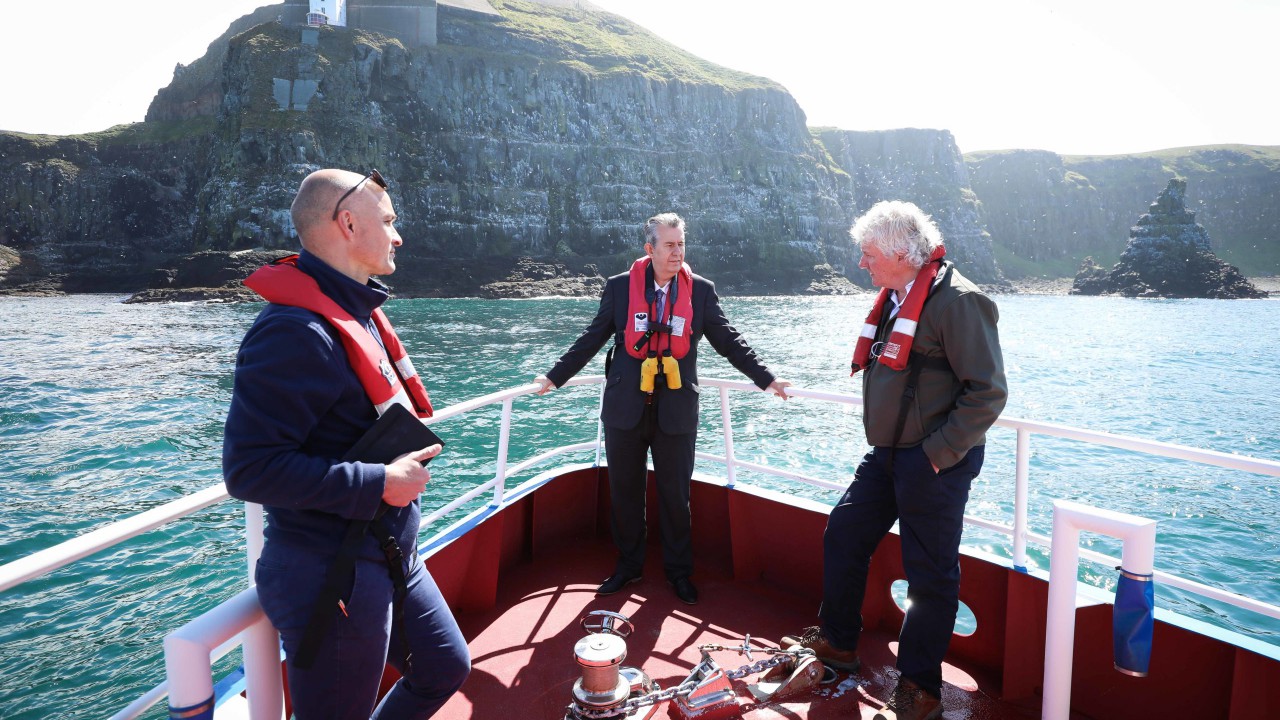

“Rathlin Island and the seas surrounding it provide significant economic opportunities and it is important that these are explored and developed whilst maintaining the environmental ethos of the Island and ensuring the views of the Rathlin community are considered."The seas around Rathlin are rich in biodiversity and effective management of the marine protected area will protect and enhance these for future generations. I very much appreciate the work of the RDCA and the positive approach they have taken to working with nature.”

